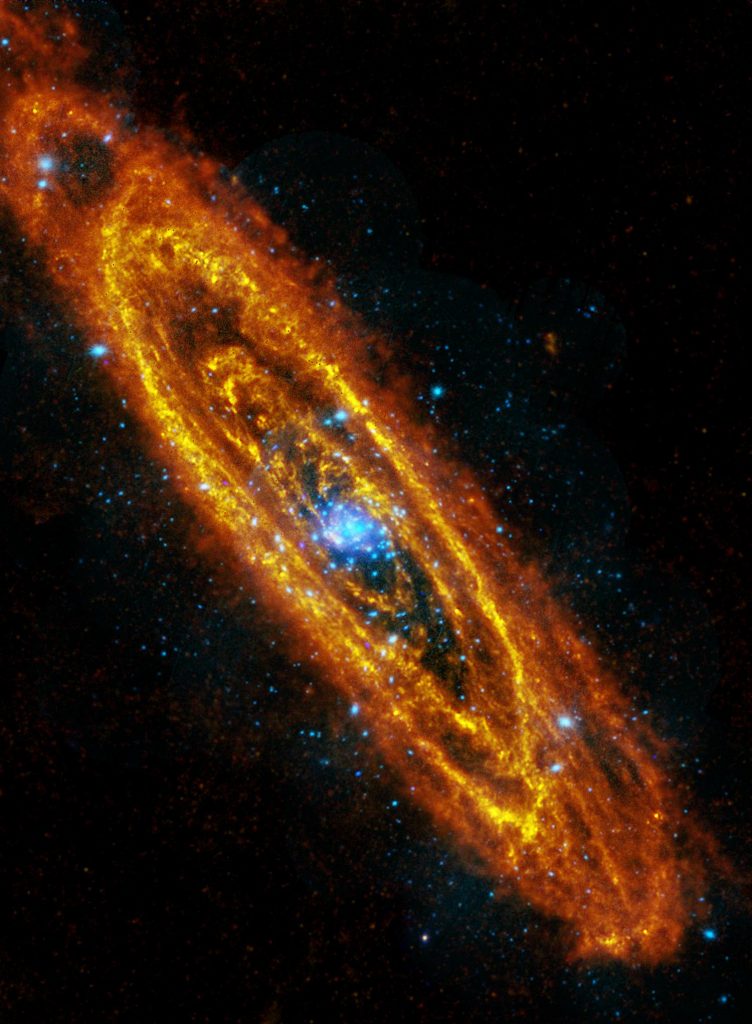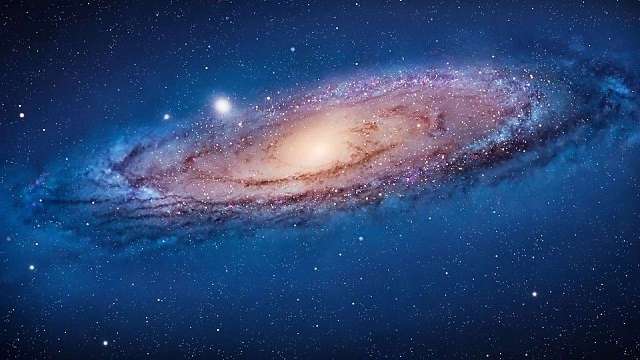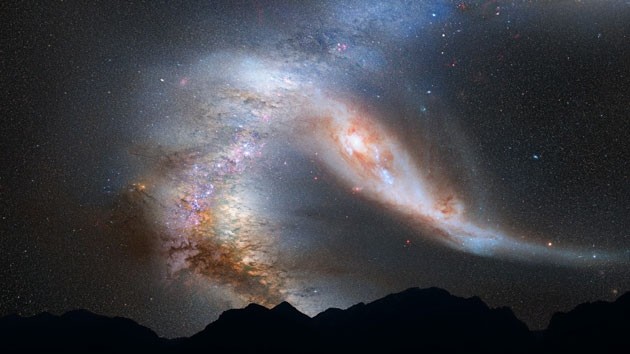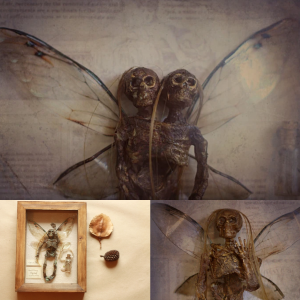The Andromeda Galaxy is a giant swirl of around a trillion stars just down the street from the Milky Way. But billions of years from now, it will collide with our home galaxy.
If you look toward the constellation Andromeda on a clear night away from city lights, you can just make out a long, fuzzy blob known as the Andromeda Galaxy.The closest massive neighbor to our Milky Way is the Andromeda Galaxy, or M31, which is around 2.5 million light-years distant. As a result, it is the furthest object that is frequently visible to the unaided eye.

Two European Space Agency observatories combined forces to show the Andromeda Galaxy in a new light. Herschel sees rings of star formation in this, the most detailed image of the Andromeda Galaxy ever taken at infrared wavelengths, and XMM-Newton shows dying stars shining X-rays into space. The galaxy’s spiral structure, which is similar to that of the Milky Way, will morph into one large elliptical galaxy once it merges with the Milky Way.ESA/Herschel/PACS/SPIRE/J. Fritz, U. Gent; X-ray: ESA/XMM Newton/EPIC/W. Pietsch, MPE
The Andromeda Galaxy’s discovery

Ancient astronomers may have just wondered about the nature of this foggy region for thousands of years. While writing a book on “Fixed Stars,” a Persian astronomer by the name of Abd al-Rahman al-Sufi made the discovery of the Andromeda Galaxy in 964 A.D. He named Andromeda and observed the placement of the Milky Way’s much smaller satellite galaxy, the Large Magellanic Cloud, in it. A “small cloud” in the sky was characterized as the Andromeda Galaxy.
However, it wasn’t until the 1800s that astronomers recognized Andromeda’s singularity. This is due to the fact that, up until approximately a century ago, astronomers thought the Milky Way to be the universe’s center of gravity.
The name “nebula” was once used to describe any fuzzy night-sky object that wasn’t a comet, and it had been used by observers using telescopes to seek for comets for a very long period. Nebulae having spiral forms, like Andromeda, were known as spiral nebulae. But in 1864, an English astronomer by the name of Sir William Huggins separated and examined the many hues of light from several nebulae using a prism. Huggins observed that M31’s light spectra differed significantly from those of several of these other nebulae.
The great galaxy debate

Over the following several decades, other scientists started to observe supernovae bursting in Andromeda. Heber Curtis, in particular, calculated the distance to Andromeda using the explosions’ known brightness. He calculated the distance of these “spiral nebulae” to be an astonishing 500,000 light-years, placing it well outside the Milky Way’s boundaries.
A few years earlier, M31 was seen using the 24-inch Clark Telescope by Vesto Slipher of Lowell Observatory in Flagstaff, who noted its startling pace of ascension. With the exception of three spiral nebulae, all of the others Slipher measured—more than a dozen in total—were heading away from Earth.
These results were some of the starting arguments in the infamous “Great Debate” between Curtis and ambitious young scientist Harlow Shapley. Shapley’s long-held conviction that the Milky Way was the totality of the Universe was shared by a large number of astronomers. Evidence, however, seemed to point to the existence of “island universes” in Andromeda and other puzzling spiral nebulae. Years would pass before the debate was resolved.
Milkomeda: the Milky Way and Andromeda collide

As of right now, we are aware that the Andromeda Galaxy is a separate island universe from our own. However, it won’t always be the case.
The Milky Way and Andromeda will get a little too near during the next five billion years, as Slipher’s measurements initially showed. The two will trade light strikes, tearing stars from one another and reshaping them into protracted tails.
The Andromeda Galaxy will be prominent in our night sky as seen from Earth during these visits. However, once the two intertwine entirely, they will combine to form one enormous group of stars. But the ultimate object will be an elliptical galaxy rather than a spiral galaxy. Astronomers refer to this future galaxy as Milkomeda, and mergers like this one are commonplace.

Galaxy mergers frequently cause intense bursts of star creation, despite the appearance that they would only culminate in annihilation. Although it seems improbable that humans will live long enough to witness it, this will also be visible from our solar system.

Nevertheless, the Milkomeda collision’s aftereffects will fill our night sky with brilliant new stars. Therefore, the merging of the two galaxies may potentially bring about the birth of new galaxies rather than destroying them both.





